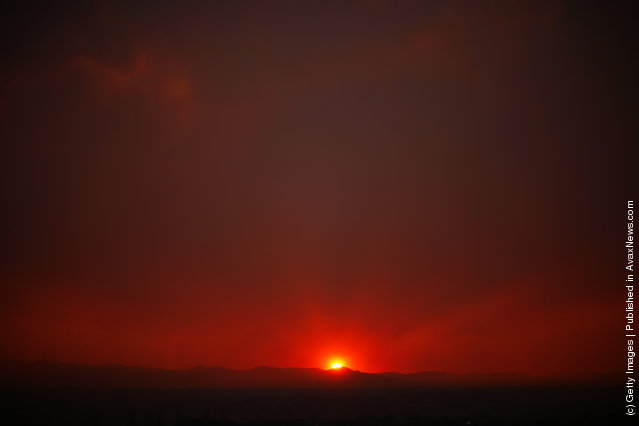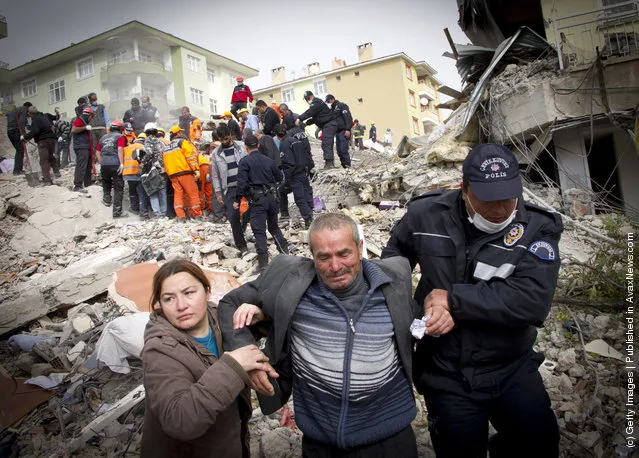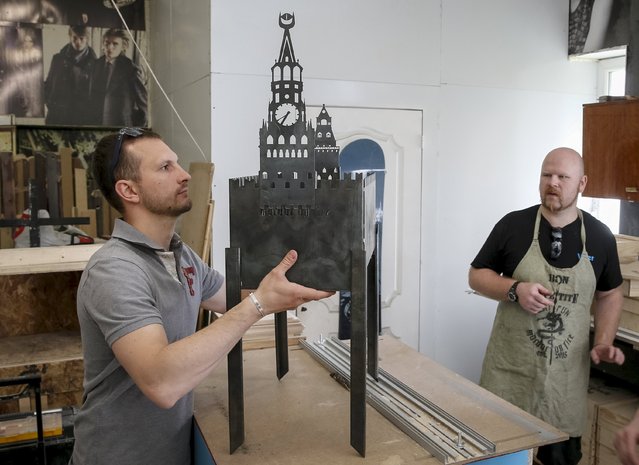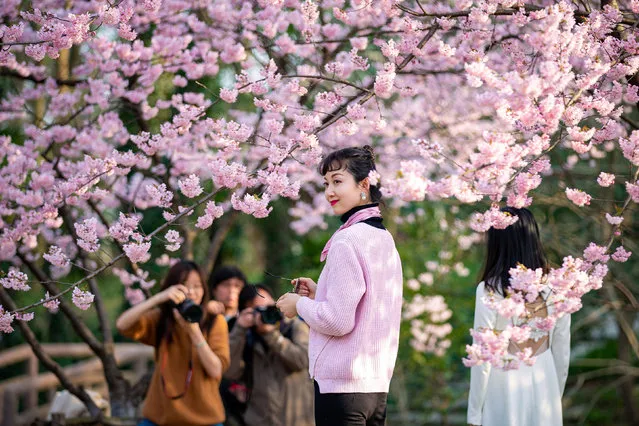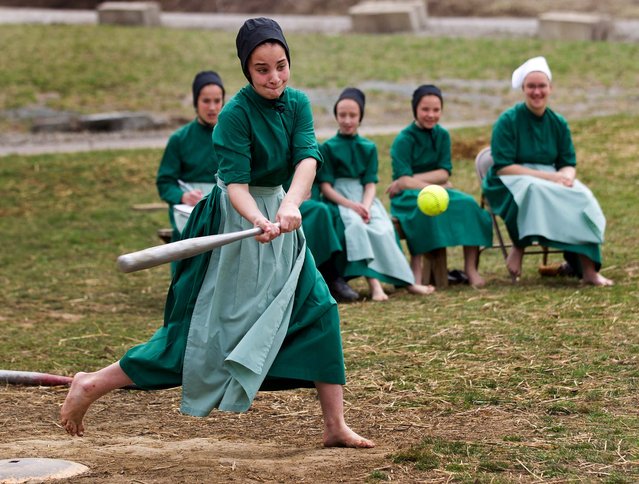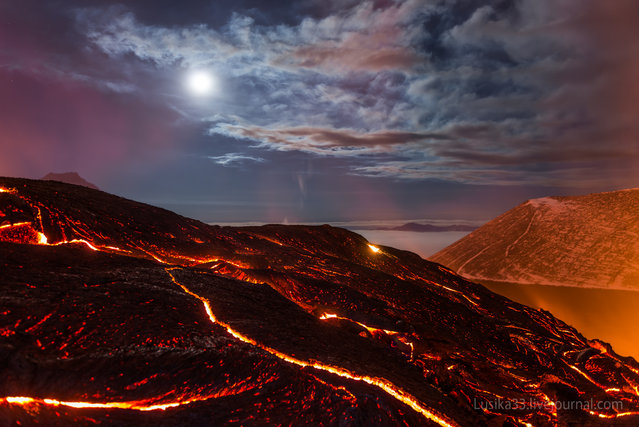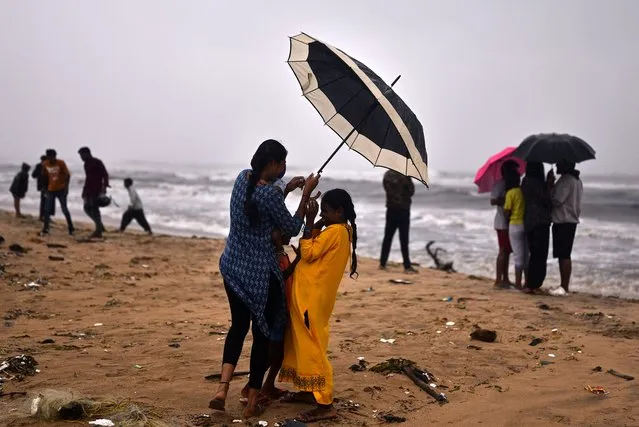
A woman tries to hold an umbrella amidst gusty winds as Cyclone Michaug is expected to make landfall on the eastern Indian coast, at Foreshore Estate Beach, in Chennai, India, 03 December 2023. The Indian Meteorological Department has issued a red alert for heavy rains in Chennai as the cyclonic storm, “Cyclone Michaung” is anticipated to make landfall between Andhra Pradesh's Nellore and Machilipatnam on December 05. (Photo by Idrees Mohammed/EPA/EFE)
03 Feb 2024 08:17:00,post received
0 comments

